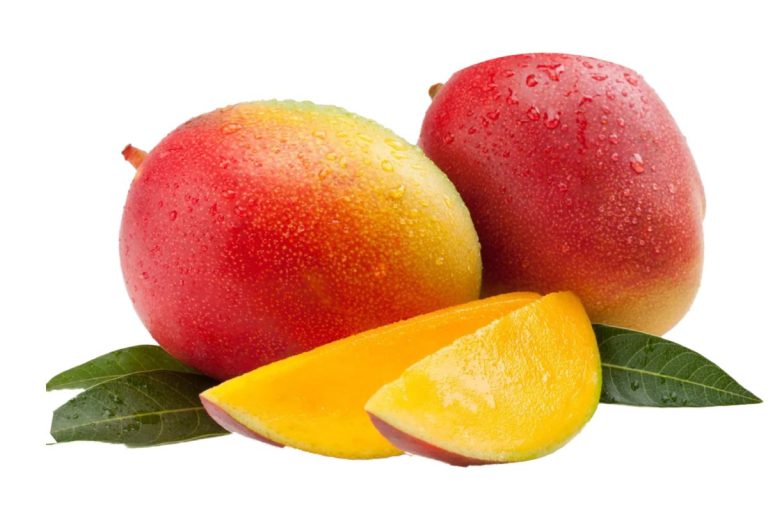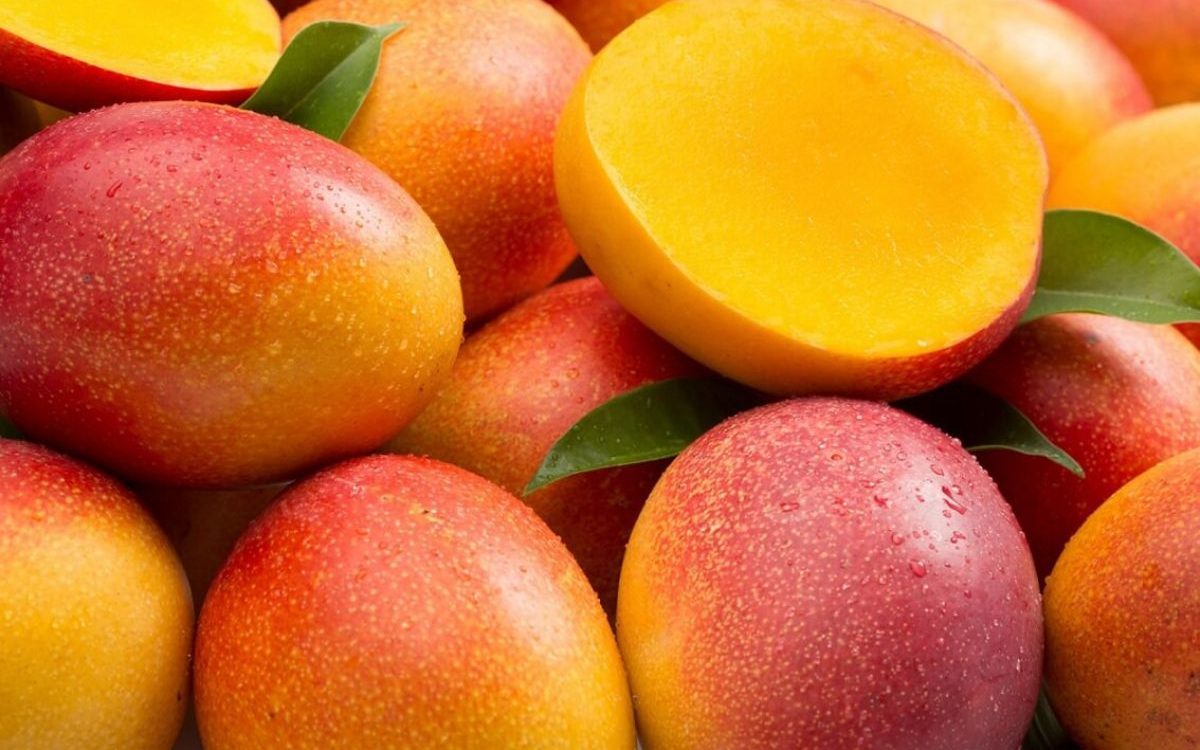7 Mango Varieties of Costa Rica
Mango is a delicious and nutritious tropical fruit, appreciated for its flavor and adaptability in the kitchen, as well as for its health benefits. In this article, we will tell you about the 7 Mango Varieties of Costa Rica that you can find.
Its cultivation and consumption have spread all over the world, being an important food in various cultures and cuisines.
Among the numerous mango varieties grown in Costa Rica, we have the Irwin, Palmer, Smith, Mora, Tommy Atkins, Keitt and Haden varieties, which stand out for their unique characteristics and delicious flavor.
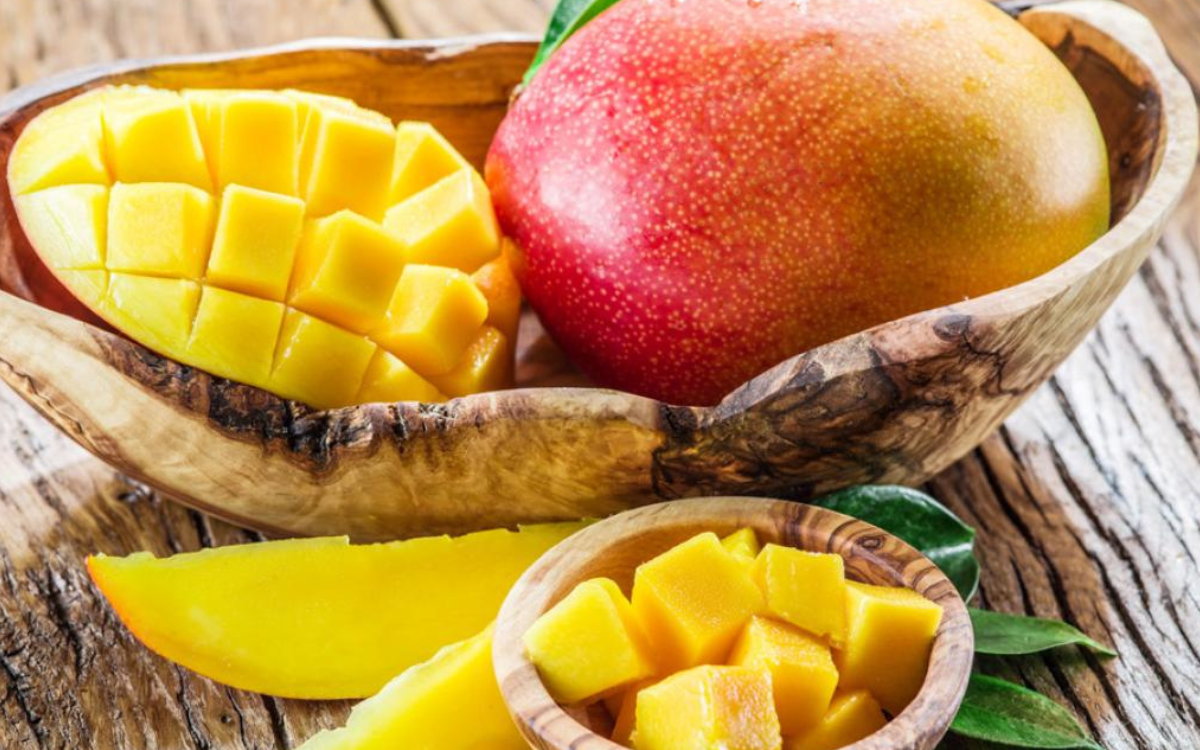
Irwin Variety
The Irwin mango is a medium-sized variety, known for its somewhat elongated or narrow oblong shape.
With a yellowish orange base skin color and a bright red blush, the Irwin mango is visually appealing, its flesh is soft and fiberless, with a sweet, slightly tart flavor that is considered to be of very good quality.
A notable characteristic of the Irwin mango is its ability to produce a significant amount of seedless fruit in cool weather conditions during flowering.
When is it in season?
In Costa Rica, this mango variety is produced mainly from February to May.
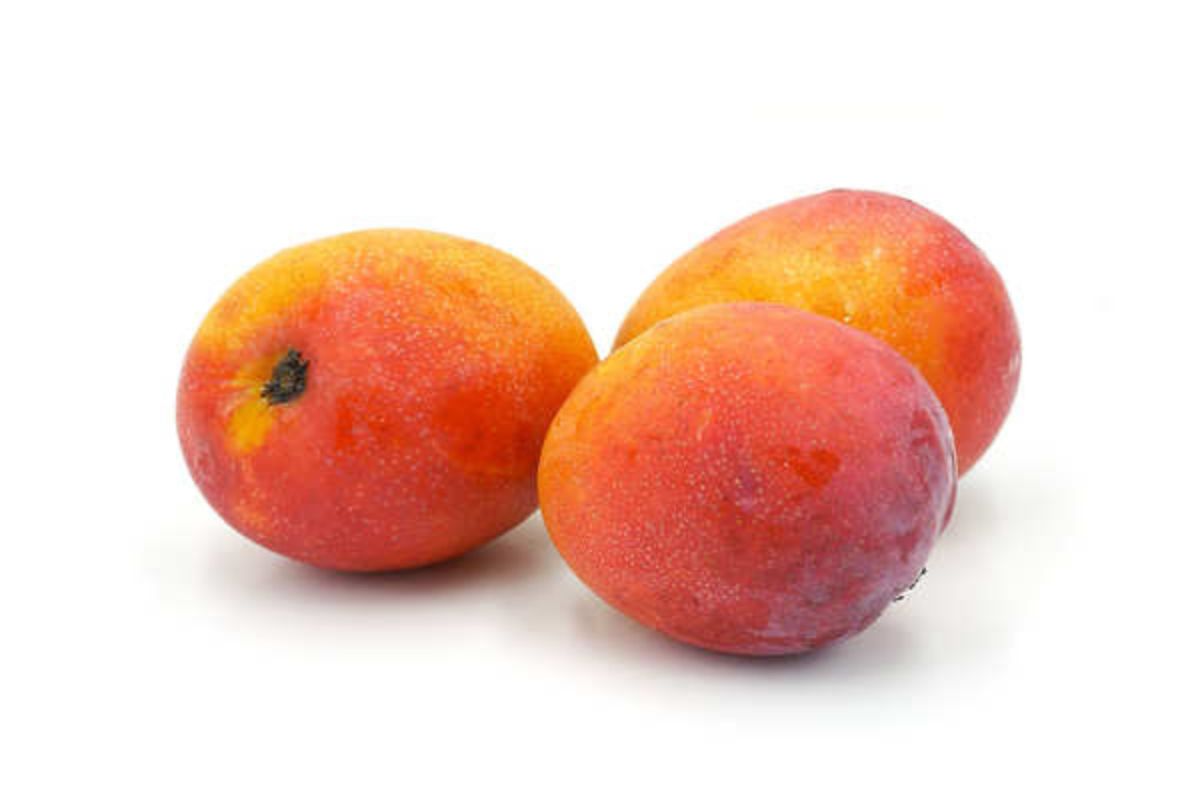
The Palmer mango is one of the most popular varieties and is recognized for its large size and bright yellow skin with a red blush on top.
This variety has a rounded shape and a juicy, fibrous flesh with a sweet, fruity flavor.
The Palmer mango is widely appreciated for its generous size and excellent flavor.
When is the season?
In Costa Rica, it is available during the month of February through the month of May.
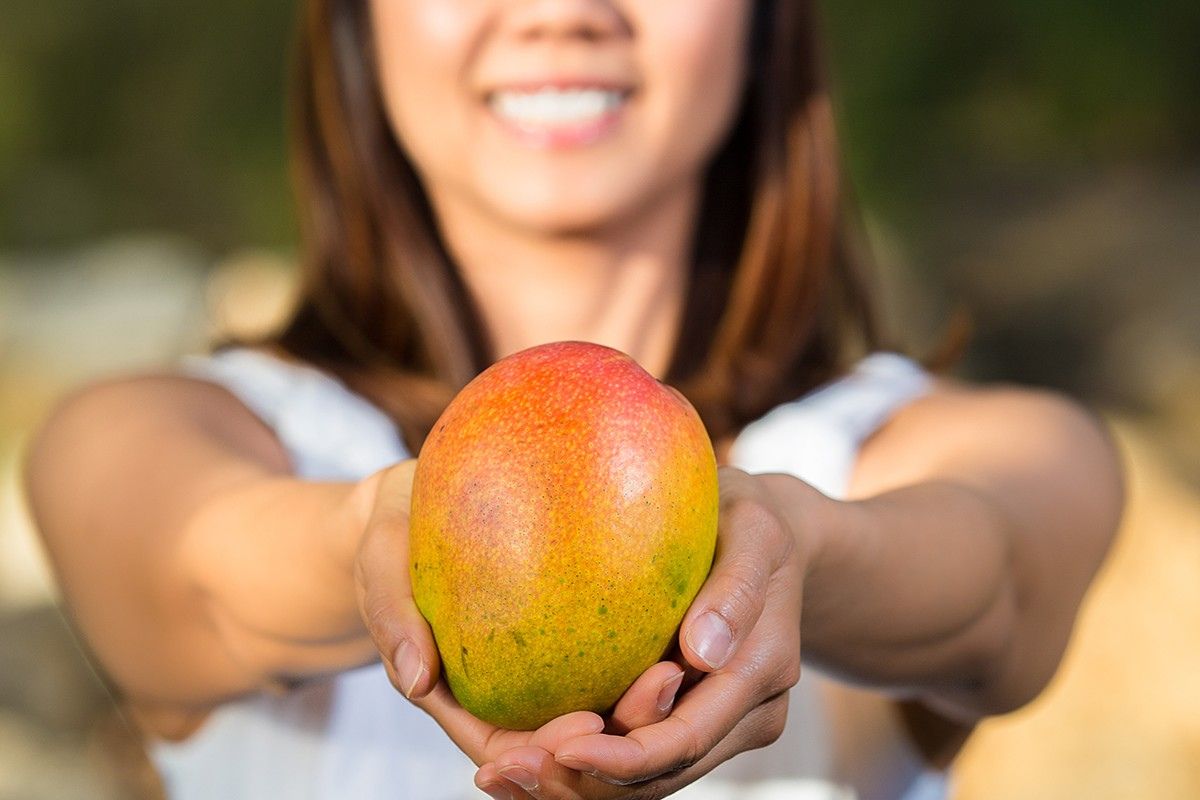
Smith Variety
The Smith mango is a medium to large variety, with an oval shape and a green skin that ripens to a golden yellow color when fully ripe.
The flesh of the Smith mango is juicy and fibrous, with a sweet, tropical flavor. This variety is noted for its resistance to handling and transport, making it a popular choice for export.
When is the season ?
In Costa Rica, the Smith mango is produced mainly from February to May, and is enjoyed both fresh and in various culinary preparations.
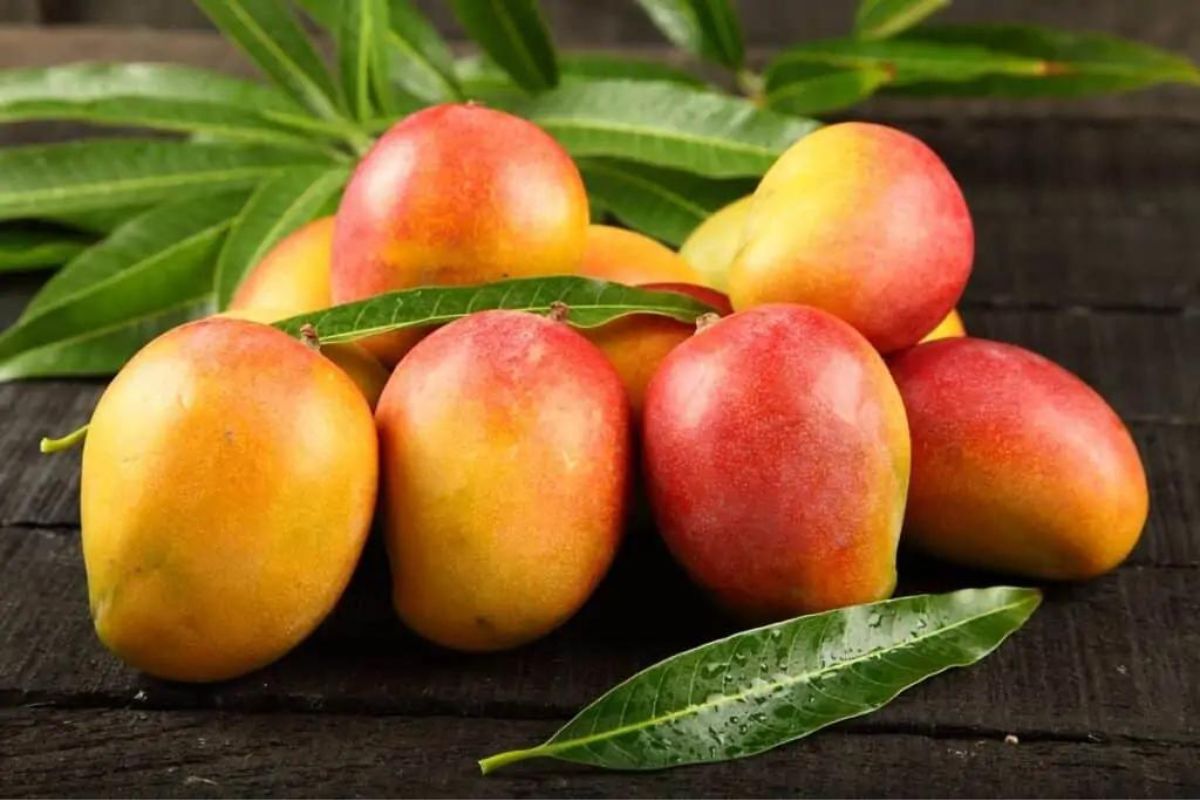
Mora Variety
The blackberry mango is a medium-sized variety, characterized by its rounded shape and greenish-yellow skin with purple spots.
Its pulp is soft and fiberless, with a sweet and aromatic flavor reminiscent of ripe fruit.
This variety is prized for its distinctive color and deliciously sweet flavor.
When is it in season?
Mora mango is grown in several tropical regions, including Costa Rica, where it is produced mainly from February to May, and is widely enjoyed in sweet and savory dishes.
Keitt Variety
The Keitt mango is one of the varieties that offers a sweet and balanced flavor, with citrus notes and a slight touch of acidity.
Its flesh is firm and fiberless, with a slightly lower sugar content than other varieties.
In general, Keitt mangoes tend to be quite large, although the most common commercial sizes tend to range from 500 to 750 grams per piece.
When is the season?
It is produced mainly from February to May.
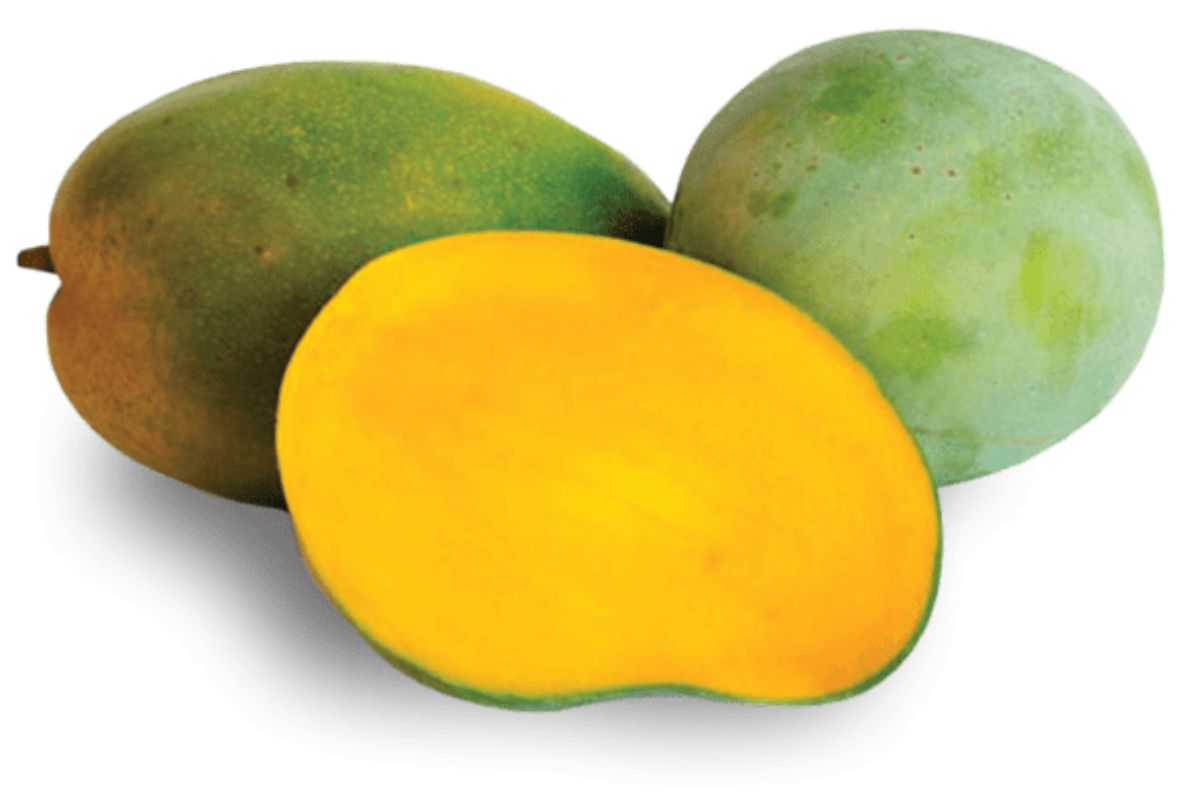
Tommy Atkins Variety
The Tommy Atkins mango is known for its sweetness and juicy texture.
It usually has an average weight of 450 to 600 grams and its skin has shades ranging from green to red.
The flesh of the Tommy Atkins is bright orange, thin and succulent, with a sweet flavor and intoxicating aroma.
When is the season?
It is produced mainly from February to May.
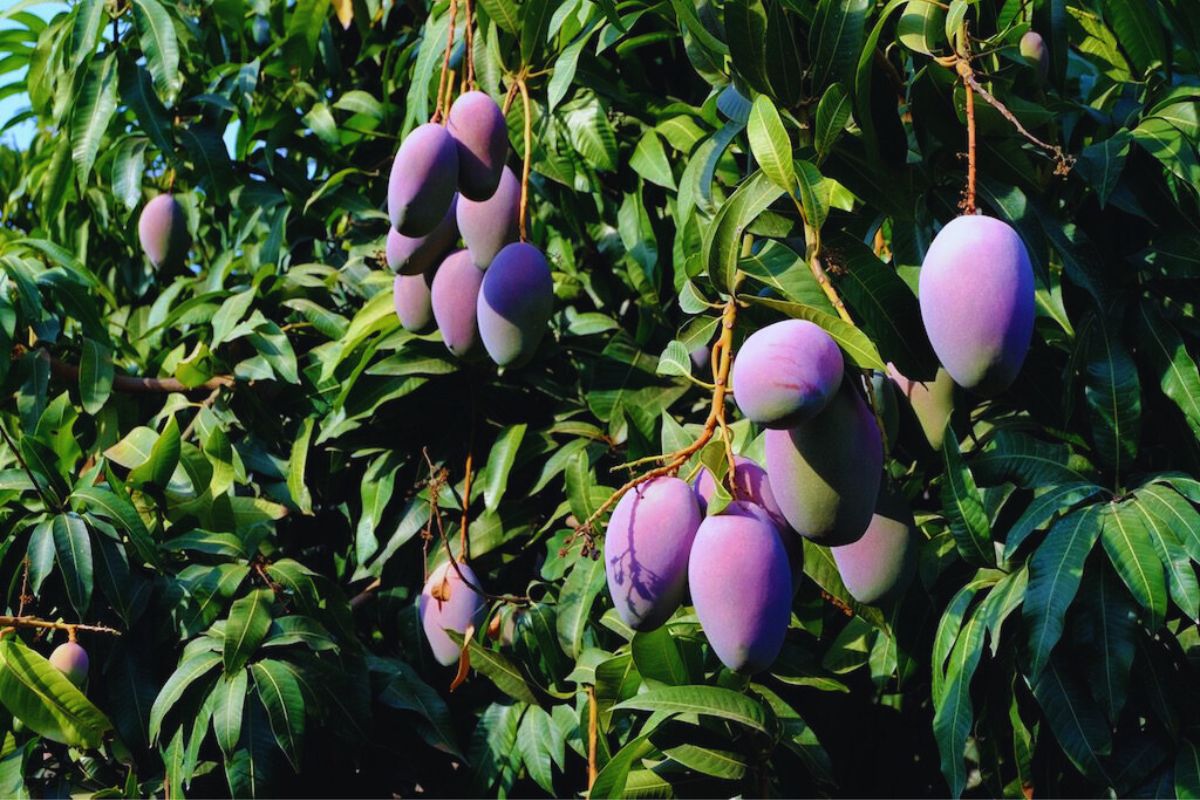
Haden Variety
The Haden mango is known for its bright green skin with red and yellow spots when ripe.
The flesh of the Haden is soft, sweet and juicy, with a distinctive tropical flavor that is a delight to the palate.
With an average weight similar to that of the Tommy Atkins, the Haden mango is perfect for eating fresh, in juices, smoothies or in a wide variety of sweet and savory dishes.
When is it in season?
It is produced mainly from February to May.
Irwin, Palmer, Smith and Mora, Keitt, Tommy Atkins and Haden mango varieties offer an extraordinary sensory experience, thanks to their unique flavor, texture and appearance. Whether consumed fresh, in juices, salads or desserts.
To learn more about mango varieties click here .
